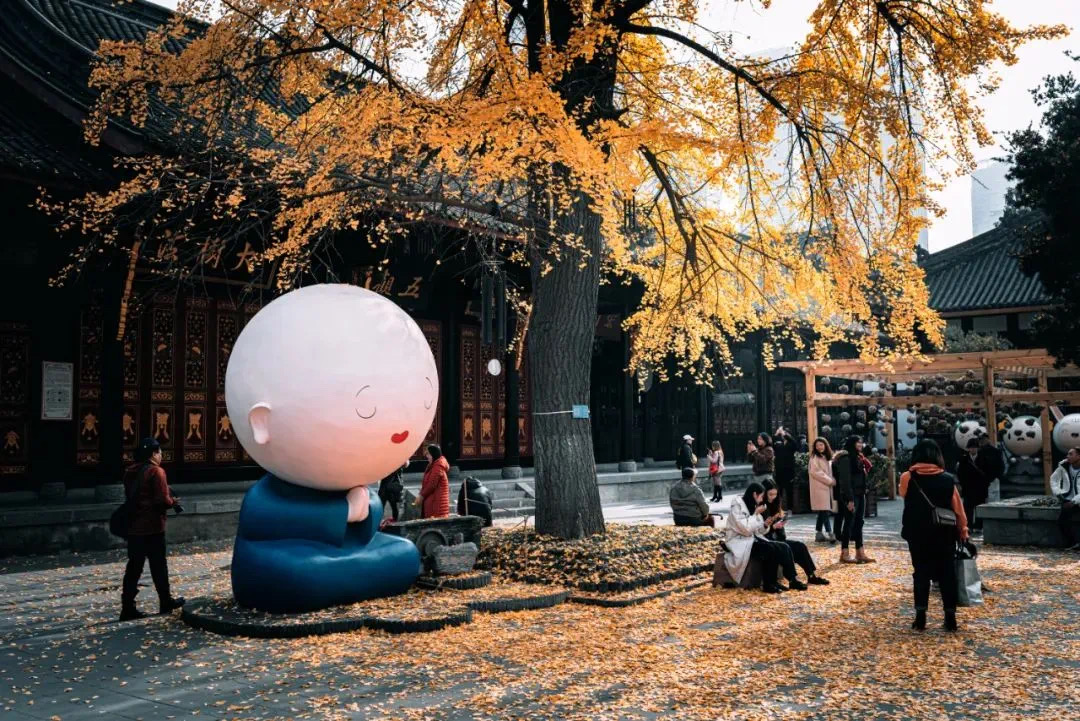As Chengdu’s Citywalks become a social media sensation, how are digital platforms not just sharing beautiful scenes but also reshaping the very fabric of local community culture?
Alex Chaikovsky , a content creator from Ukraine, is walking through the streets of Chengdu on a sunny afternoon. He captures the essence of the city on camera and shares his findings with the world through social media.
“Chengdu is like a treasure waiting to be discovered,” he says. “And Citywalk is the key to unlock the treasure door.”
Alex moved to Chengdu five years ago and quickly fell in love with the city’s unique charm, the perfect blend of tradition and modernity. His passion for exploring every hidden corner of the city led him to document and share his experiences on social media such as Instagram and Red (like a Chinese version of Instagram), where he has attracted the attention of fans around the world.
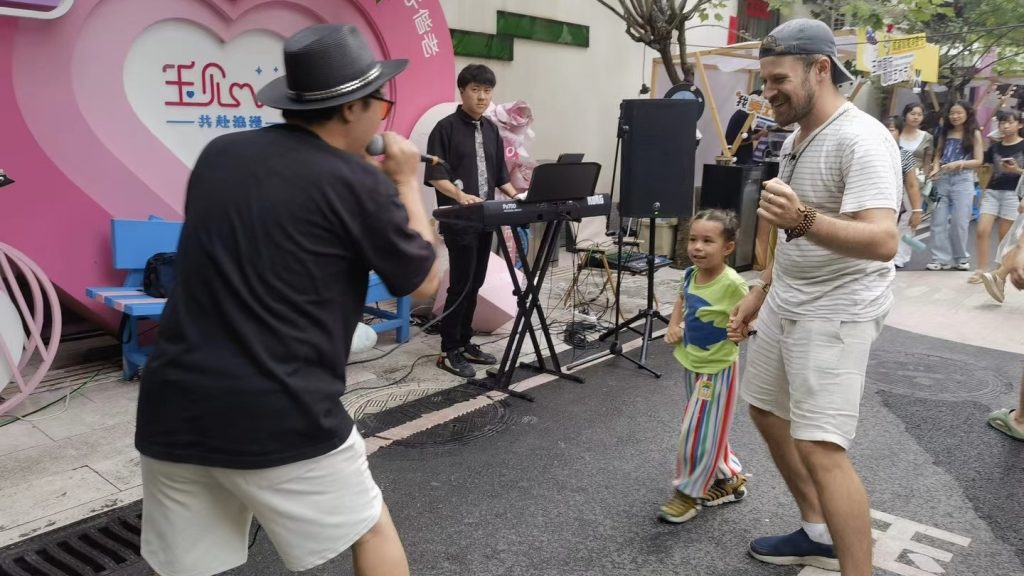
This love for exploration aligns perfectly with the spirit of Chengdu Citywalk.
Chengdu Citywalk is an organized urban exploration activity designed to allow participants to rediscover the city’s history, culture, and modern life through walking. Participants follow carefully planned routes that lead them through all corners of the city, from historic buildings to modern, stylish shops, and art spaces hidden in alleys. It is more than just sightseeing; it’s an experience that immerses people in the very pulse of the city.
“Every Citywalk is like a mini-adventure,” says Alex, “My companions and I can discover a new alley on a weekend that might hide a historic teahouse or a talented street artist. It’s a very special feeling.”
Such activities are often initiated spontaneously by city walking enthusiasts on social media, who form a vibrant community by building an online community. This community not only attracts many local residents of Chengdu, but also attracts tourists from all over the world.
For these participants, the Citywalk provides a new perspective, allowing them to feel the vitality and cultural depth of the city while walking.
“Chengdu’s Citywalk not only gave me a deeper understanding of the city’s history and culture, but also gave me the pulse of its modern life,” Alex says. “It was an all-round experience, full of surprises every step of the way.”
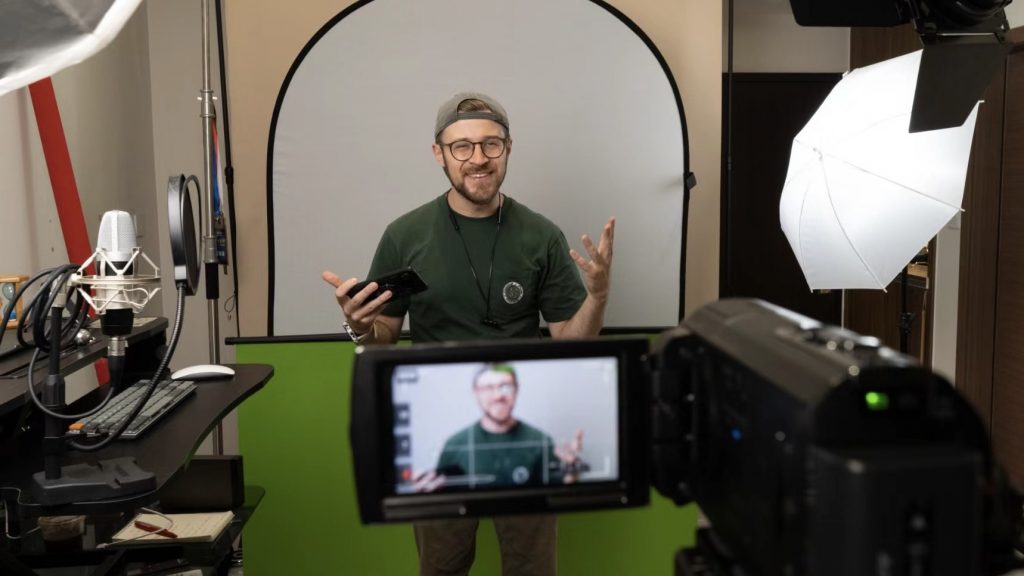
Through social media, the moments of Citywalk can be instantly shared, attracting more people to participate and experience Chengdu. This combination makes Citywalk not just a personal experience but a cultural phenomenon that can be transmitted to a global audience through digital platforms.
Alex shares his Citywalk experiences on Instagram and Red, using specific tags and location sharing to let more people know about Chengdu. “Every time I share my Citywalk experience, I receive messages and feedback from all over the world,” Alex says, “This makes me feel that the charm of this city is spreading through my lens.”
On social media Red, Citywalk enthusiasts have also established many groups, regularly sharing their walking routes, recommended spots, and tips. These groups are not just platforms for exchanging information but communities for Citywalk lovers. Through sharing and interaction, they inspire more people to participate in Citywalk.
QiangWei Wang, the founder of the Chengdu Citywalk group, said, “On Red and other social platforms, our Citywalk group has grown into a vibrant community of more than a thousand members. Every time we post new routes or event information, it triggers a lot of discussions and sharing.”
“We not only discuss how to plan the best route, but also share the untold history and stories hidden in the corners of the city. Through these exchanges, many participants not only discovered urban areas they had never set foot in, but also established deep friendships. Some group members even explored more urban culture together after walking, which was more like a collective cultural exploration than a simple activity,” says QiangWei.
Social media has also allowed Citywalk events to be promoted globally, attracting more international tourists and local residents.
On YouTube, there are many content creators uploading 4K HDR videos of the first view of Chengdu Citywalk. Through high-quality images and immersive experiences, these videos show every detail of Chengdu’s streets to a global audience, from the bustling business district to the quiet old town, all showing the unique charm of the city. Some videos have been played hundreds of thousands of times, attracting countless viewers from different countries to leave comments and interact.
Through these platforms’ sharing and interaction, Chengdu’s Citywalk is not just a walk but a globalized cultural city experience.
“My followers are not limited to Chengdu or China; they also come from all over the world. Through my lens and stories, they gain a deeper impression of Chengdu,” Alex said.
Through different social media platforms, Citywalk organizers are able to publicize the event, attract more people to participate, and also enhance the communication among participants through online interaction. These platforms provide a vast exhibition and promotion space for urban walking, so that its influence continues to expand.
On Douyin (Chinese Tiktok), some short video creators have attracted a lot of attention and likes by sharing wonderful moments of Citywalks. These videos not only show the beauty and culture of Chengdu, but also stimulate more people’s interest in participating through creative expressions.
“Seeing so many people take an interest in Chengdu because of my video is really rewarding,” Alex shared.
In addition, comments and feedback on social media provide valuable opinions and suggestions for Citywalk organizers, helping them continuously improve and optimize event content. “Every time I post a new Citywalk video, I carefully read the comments from my followers. These feedbacks are very important to me, they help me better understand the needs and interests of the audience,” Alex said.
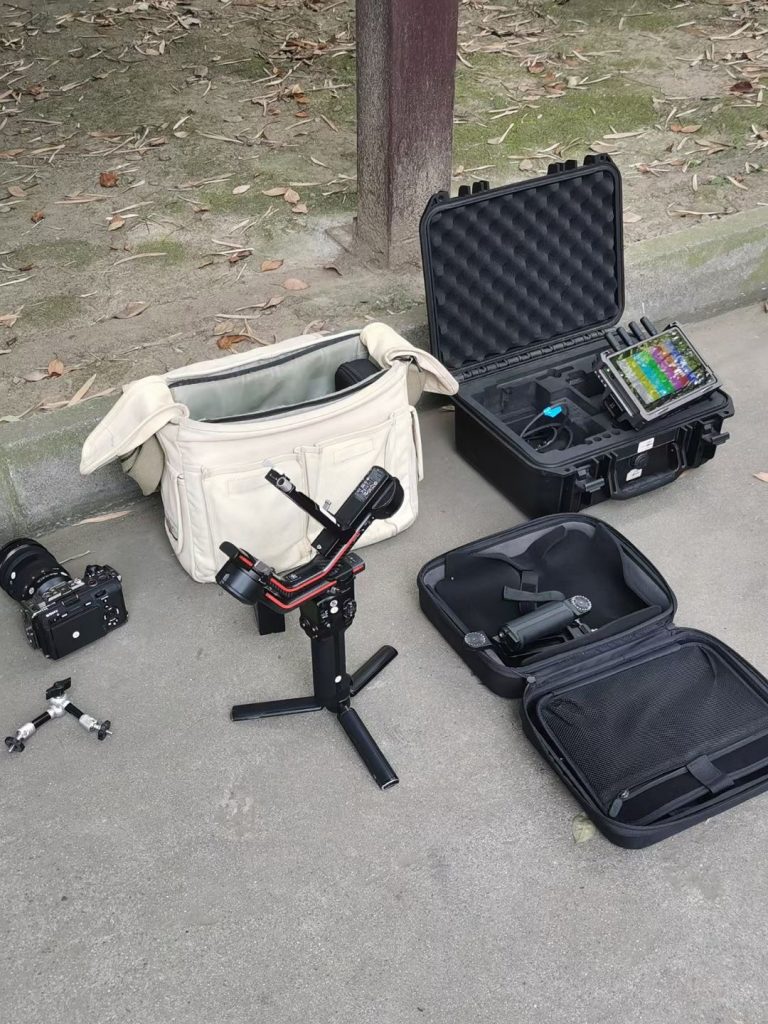
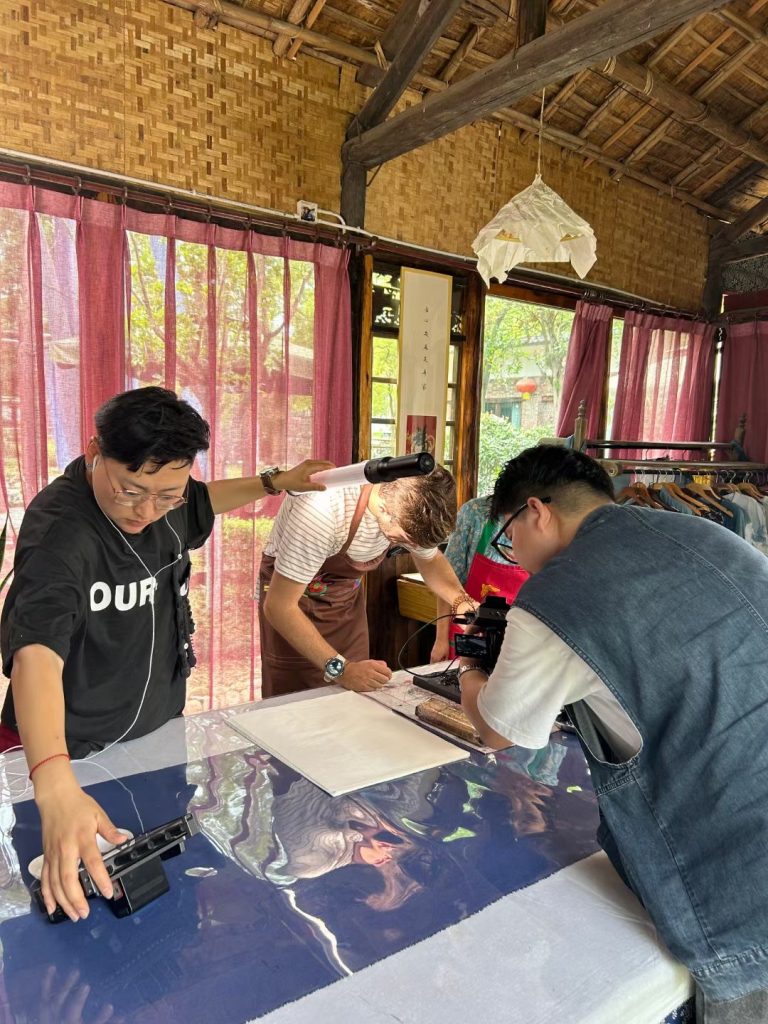
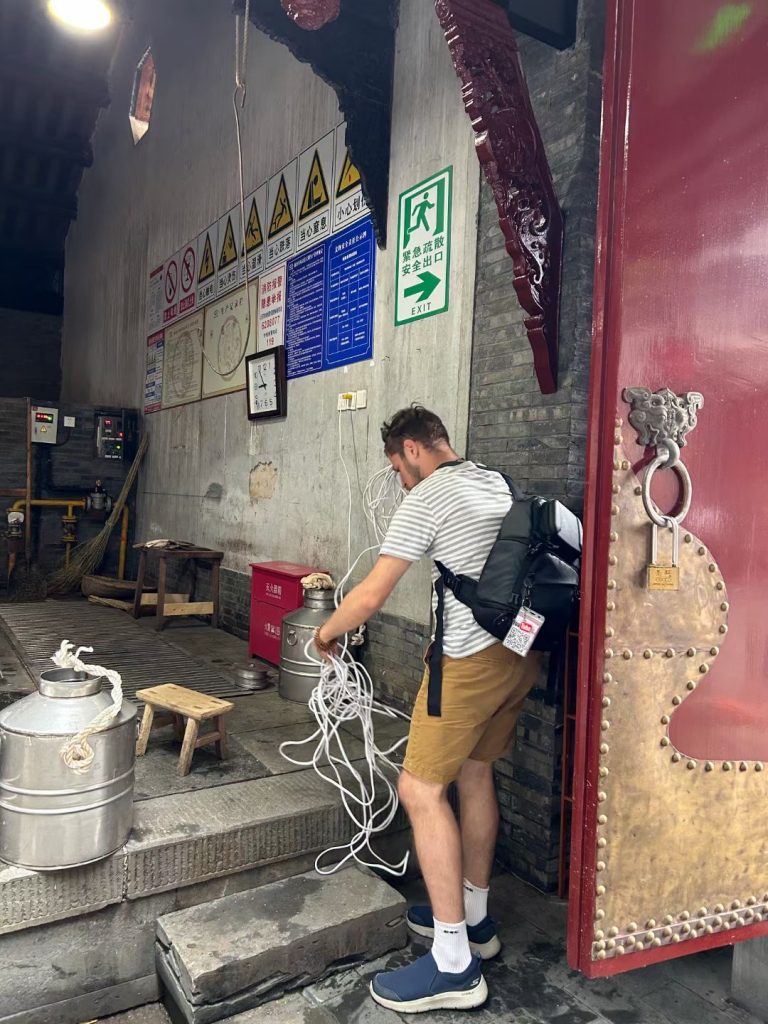
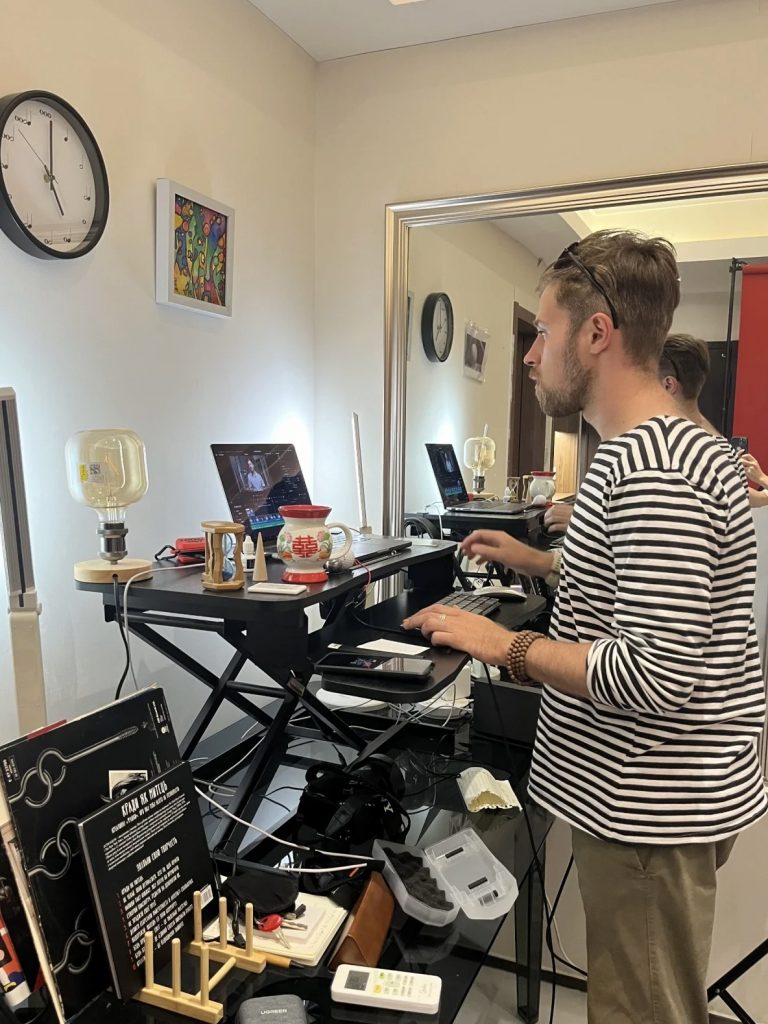
Although social media has played a positive role in popularizing and expanding the influence of Chengdu Citywalk, it has also brought challenges and negative effects.
In order to attract more traffic, some businesses and content creators often post overly embellished content on social media. These carefully curated photos and videos often depict an idealized environment and experience, but there is a big gap between the reality portrayed and the reality experienced.
“Many businesses use filters or special angles to make their stores or surrounding areas look exceptionally perfect, creating a dreamy atmosphere. However, the actual experience often does not match the promotion,” said independent reviewer MingMing Li. “This strategy may attract a lot of attention in a short time and even drive Citywalk activities in certain areas, but it also leaves consumers feeling deceived, which can negatively impact their overall impression of the Citywalk activity and lead to disappointment.”
“There was a time when I saw a café recommendation under a Citywalk tag, and the photos looked stunning. But when I actually visited, I found that the reality was not as ideal as the pictures,” said Citywalk enthusiast Tingyue Zhang. “This gap in expectations was disappointing and made me less trustful of other recommendations.”
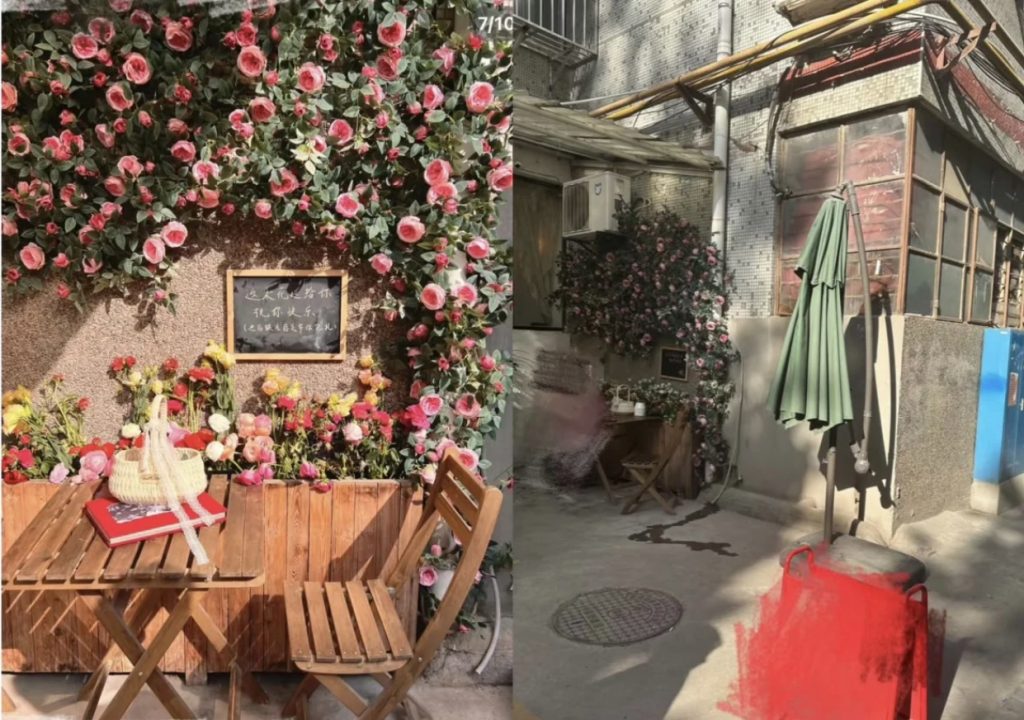
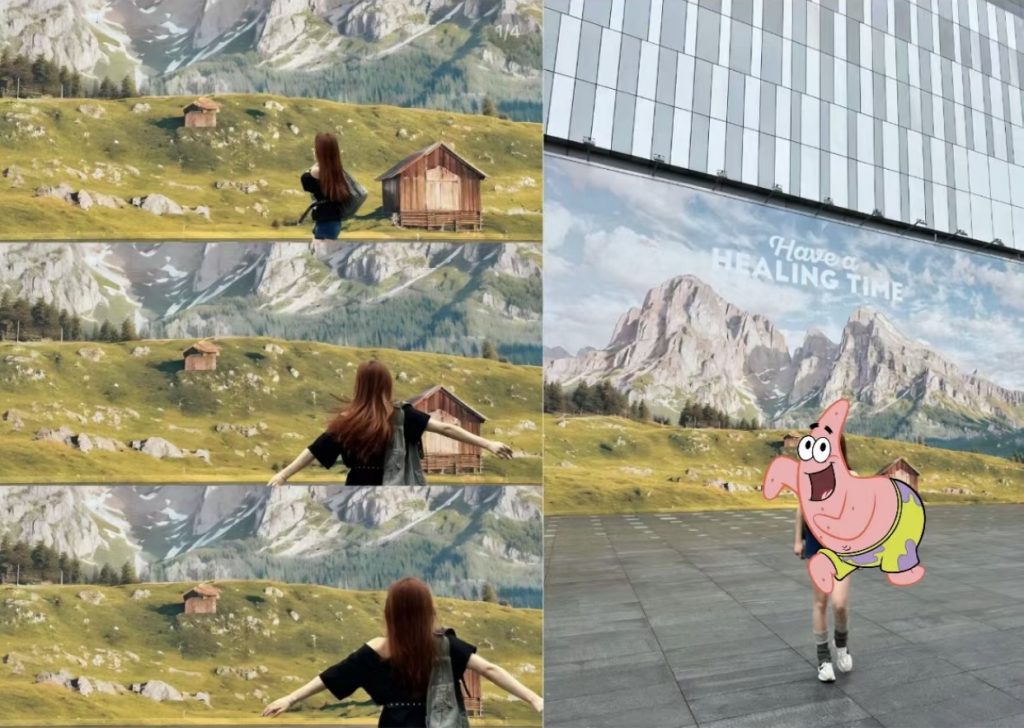
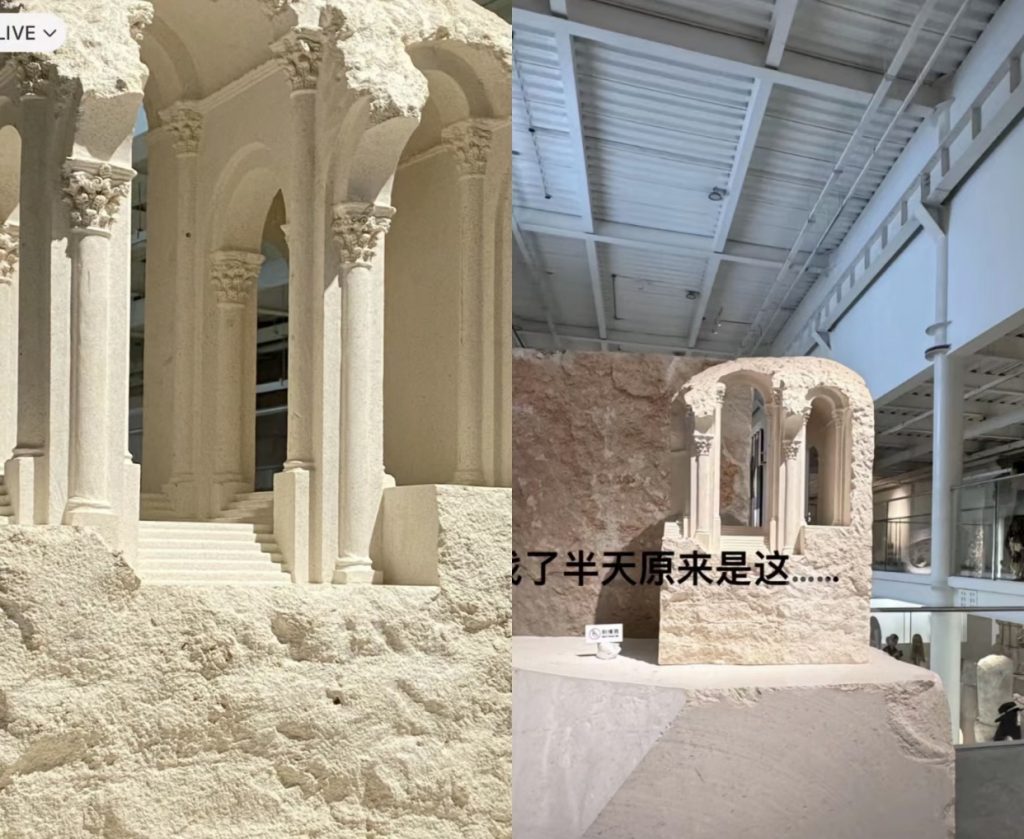
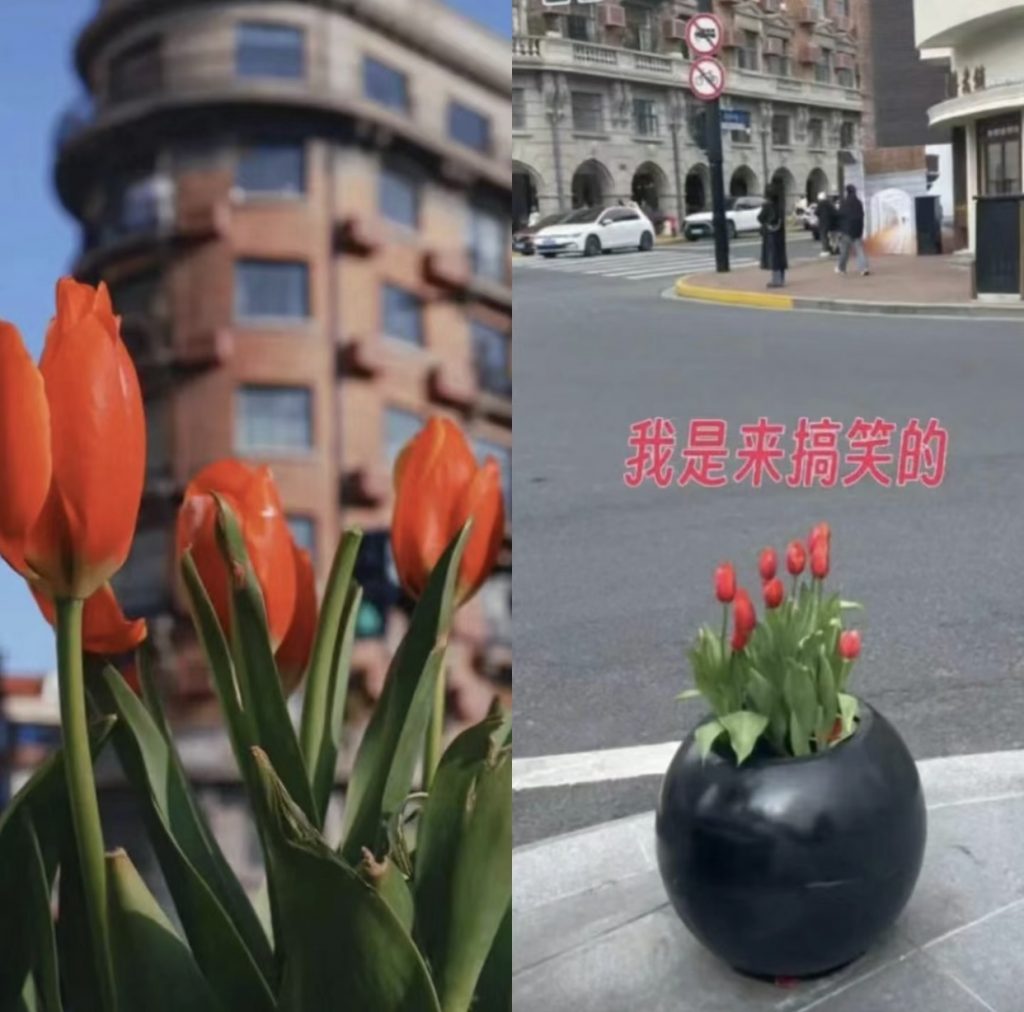
Reviewers and loyal Citywalk participants are calling for businesses and content creators to pay more attention to authenticity and transparency.
“This over-glamorization reflects the double-edged sword effect of social media in spreading city walks. On the one hand, social media greatly expands the audience range of Citywalk, making more people understand and participate in Citywalk; On the other hand, this over-embellished content may also cause consumers to doubt the real experience of the event, which in turn affects the reputation and development of the entire Citywalk.
In contrast, only genuine experiences can build lasting trust and reputation. We need more authentic, unembellished sharing so that more people can enjoy the real pleasure of Citywalk without being misled by false promotion,” MingMing Li, an independent reviewer said.
Encouraging consumers to share their real experiences and feedback can also help potential Citywalk participants form a more comprehensive and objective judgment. This two-way interaction helps improve the transparency and credibility of the event while also providing businesses and content creators with opportunities to enhance their services and experiences.
“Authentic feedback and interaction are crucial to the development of Citywalk,” Alex says. “Only in this way can we continuously improve, provide better experiences, and attract more people to participate.”
Despite the glamorizing and misleading ways in which social media spreads Citywalks, it also plays a positive role in local communities. Through authentic interaction and sharing, social media is not only a tool, but also an important link to connect communities. Especially in places like Yulin Street, the community is integrated with Citywalk activities.
Yulin Street, located in Chengdu’s Wuhou District, is a street rich in history and cultural atmosphere. Since the 1980s, Yulin Street has gradually developed into a cultural landmark of Chengdu.
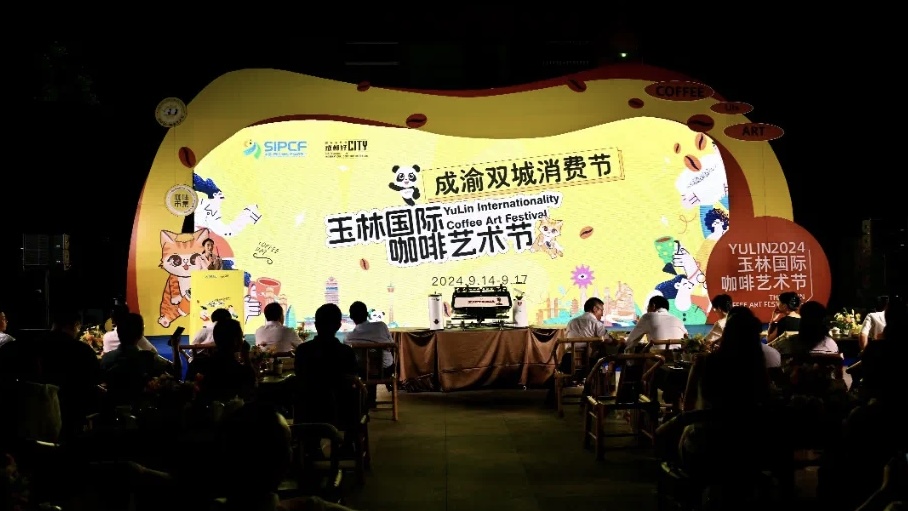
“The charm of Yulin Street lies not only in its historical buildings but also in the hidden little shops in the corners, each with its own story. These old buildings and street graffiti tell the stories of the lives of Chengdu people and reflect the city’s inclusive and diverse cultural characteristics,” said Na Huang, a community culture advocate for Yulin Street.
For Citywalk participants, Yulin Street is not just an ordinary street; it is a window through which one can deeply understand Chengdu’s local culture. Here, participants can experience the daily lives of Chengdu residents, taste authentic Sichuan cuisine, and enjoy unique street art.
As such, Yulin Street has become an indispensable stop in Citywalk activities.
“Yulin Street is a microcosm of Chengdu for me,” Alex said. “Every time I walk down this street, I can feel its unique atmosphere. The community and shopkeepers here are very warm and always willing to share their stories and history with you.”
In these communities, many small shops and cafés are not just commercial establishments but also an integral part of the daily lives of residents. For example, community cafés not only provide coffee but also serve as places for residents to gather and socialize. In these places, tourists and local residents can sit down, chat, and share their experiences and insights. This close interaction makes Citywalk not just an urban exploration but a way to deeply understand local life.
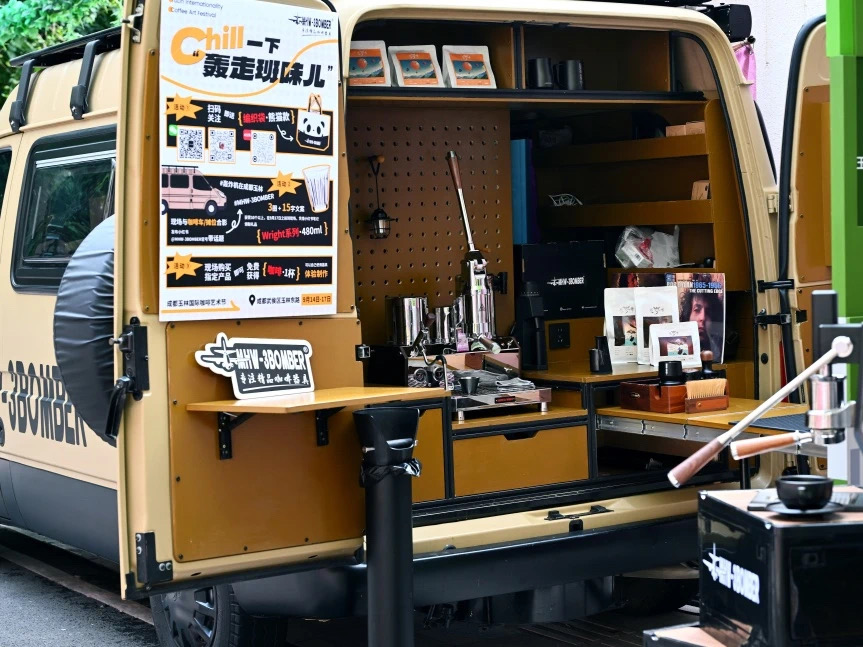
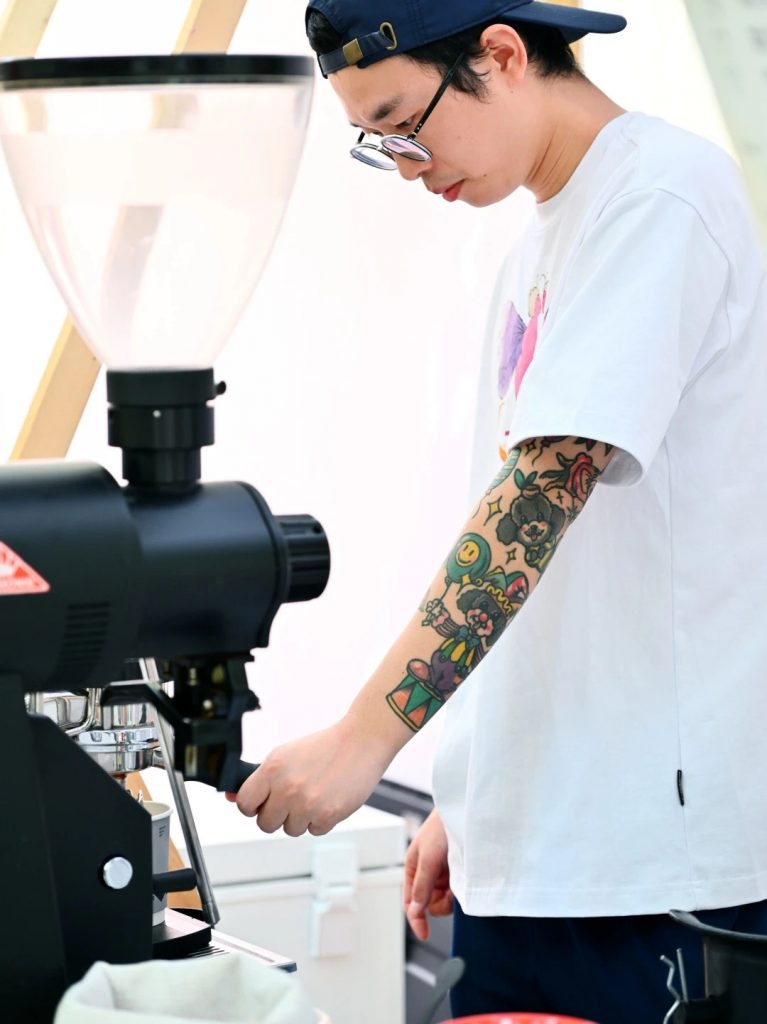

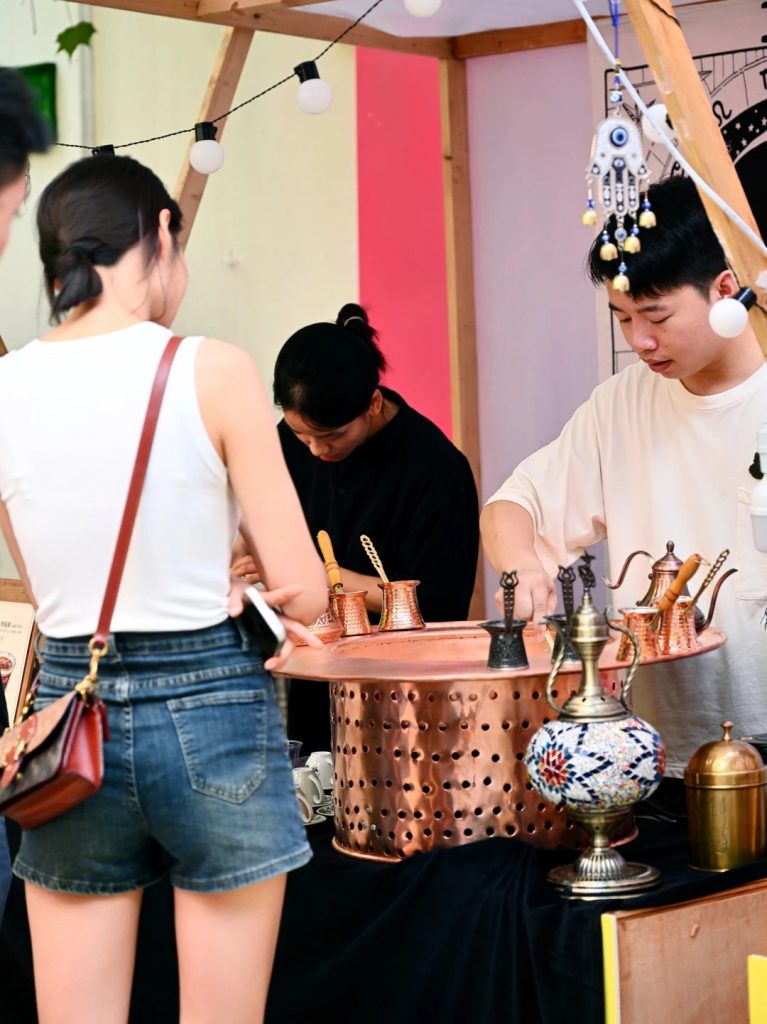
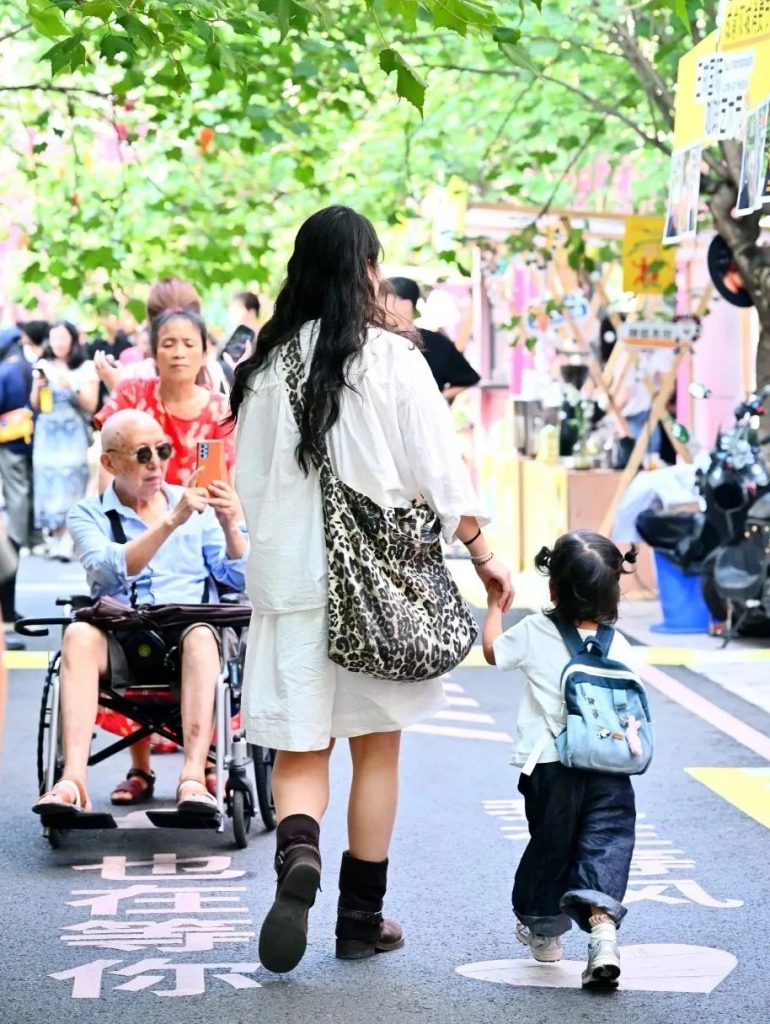

Mei Li, a community shopkeeper who runs a café on Yulin Street, “Many of our customers come here through Citywalk activities,” she said. “They not only enjoy our coffee but also love to chat with us about the community’s history and stories. Through such exchanges, we feel that our connection with the outside world has become stronger.”
This interaction not only enriches urban life but also brings more opportunities for local businesses. By participating in Citywalk activities, businesses can attract more customers, increase their visibility, and strengthen brand loyalty through interaction with customers. “For small businesses like us, Citywalk activities not only bring economic benefits but, more importantly, make us part of the community,” Mei Li said.
Citywalk also promotes exchanges and cooperation between different communities. By regularly organizing Citywalk events with different themes, community organizers can bring together people from diverse backgrounds, interests, and age groups to share their stories and experiences.
“I remember one time, we organized a Citywalk event themed ‘Memories of Old Chengdu’ on Yulin Street,” said community organizer Huan Wang. “During the event, old neighbors shared stories from their youth, while young people brought their fresh perspectives on the city. This intergenerational exchange gave people a deeper sense of belonging to the community.”
As society develops and technology advances, the forms and experiences of Citywalks are constantly evolving. Social media and digital technology not only provide a broader platform for the dissemination of Citywalk activities but also bring new opportunities and challenges for future development.
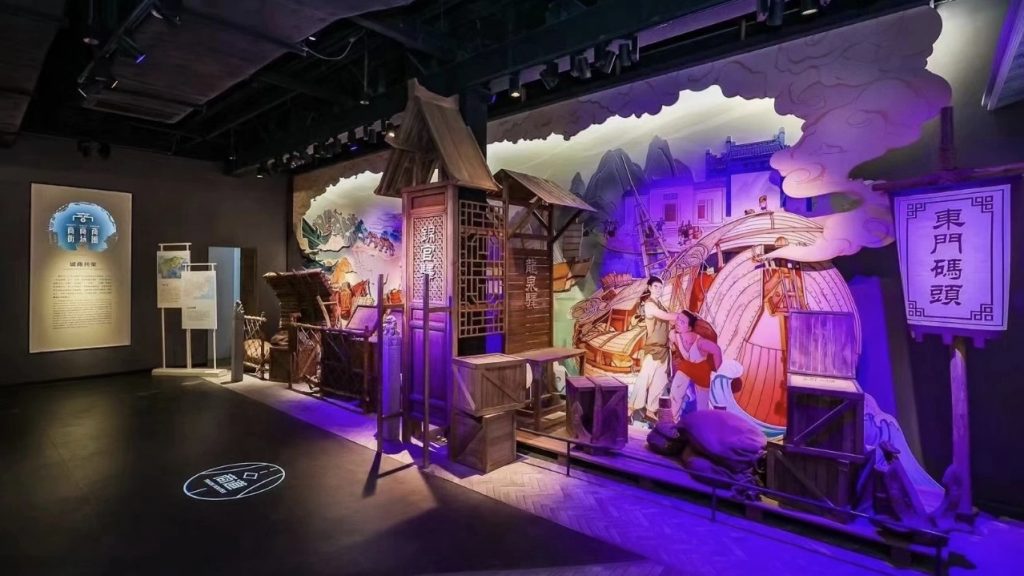
Through technologies such as augmented reality (AR) and virtual reality (VR), the Citywalk experience will become richer and more diverse.
“These technologies can provide participants with immersive experiences, allowing them to access more information and stories as they walk. For example, through AR technology, participants can obtain real-time information about buildings and historical sites during their walk, enhancing their exploration experience,” Wenjing Deng, the director of Chengdu City Museum said.
The Chengdu government has recognized the potential of these new technologies and is actively promoting innovation and development in Citywalk experiences. To further enhance the appeal of Citywalks, the government has built a brand new museum in the city center, specifically showcasing the commercial development history of Chengdu from ancient times to the present.
“This museum is not just a place to display artifacts; it is an interactive experience center. Visitors can experience an AR virtual costume change, instantly traveling through time to feel the transformation from ancient merchants to modern citizens,” the museum director Wenjing said.
“This museum’s AR experience made me feel like I was back in Chengdu hundreds of years ago,” said tourist Huawen Li. “Through this technology, I was not only able to learn about Chengdu’s history but also truly feel the pulse of the city, which was an unforgettable enhancement to my Citywalk experience.”
However, the introduction of these technologies also poses new challenges to the authenticity and cultural integrity of the information.
In the future, how to utilize digital technology to enhance participants’ experiences while ensuring the accuracy of information and the preservation of cultural integrity will be a crucial issue for Chengdu Citywalks.
The Chengdu government also plans to deepen cooperation with social media platforms such as Douyin and WeChat to develop more innovative activity formats and content. These activities will include combined online and offline experiences, attracting more international audiences who cannot be present in person, further expanding the influence of Citywalks.
For example, future Citywalks may feature live streaming on social media platforms, leading global audiences to experience Chengdu’s street culture and historical scenery in real-time, and even allow remote participation through VR devices.
“We hope that through these innovations, more people, even those in foreign countries, can experience the unique charm of Chengdu,” said Guan Wang, a spokesperson from the Chengdu Bureau of Culture and Tourism. “The introduction of digital technology is not just about attracting tourists but also about preserving and spreading our culture.”
Chengdu’s Citywalks are not just urban exploration activities but also a cultural expression of modern urban life. Driven by social media, Citywalks have become a global urban icon, promoting the spread of urban culture and lifestyle. For Alex and other content creators like him, Citywalks are platforms for showcasing creativity and connecting with the world.
“With further cooperation between the government and social media platforms, Citywalks will continue to play a significant role in Chengdu’s cultural and social life in the future. New walking routes, interactive museums, and the application of digital technology will provide participants with richer experiences, earning Chengdu more attention and acclaim on a global scale,” Guan said.
Future Citywalk activities will not just be simple walks; they will become unique experiences connecting history and modernity, culture, and technology.
“Citywalks not only allowed me to delve deeper into Chengdu, but they also made me realize that while this city continues to progress, it still maintains its soul,” Alex said. “Chengdu’s Citywalk will never stop; it will continue to attract people, allowing more to discover the beauty and depth of this city.”
